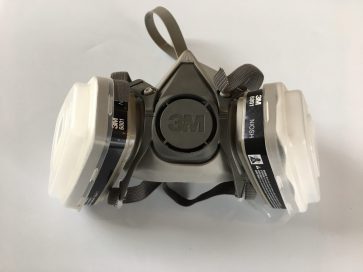Respiratory Protection

Respiratory protection can significantly reduce worker exposure. Although respiratory protection is a control of last resort after engineering controls, it can be effective for short term, intermittent and emergency situations. Care should be taken to ensure that the respiratory protection used is appropriate for the nature of the exposure. Also, the respirator should have a protection factor that protects from the Highest Estimated Exposure as required by the CSA standard. It should be noted that in many cases, respiratory protection is the most expensive long term solution. Companies that wish to reduce costs may want to look at other control options
resources
- Respirator Legislation
- General Legislation on PPE
- Glossary of Terms
- Types of Airborne Hazards
- Types of Respirators
- Identification of Processes that Require Respiratory Protection
- Information on Protection Factors
- Respiratory Protection Factor Calculator
- Respirator Cartridge Selection by Chemical
- Record of Respirator Assessment
- Fit Testing
- Pictures and Definition of Clean Shaven
- Required Worker Education
- Issues of Non-Use of Respirators
- The importance of Wear Time
- Wear Time Calculator
- Screen for Suitability for Respirator Usage
- Check the condition of your respirator regularly
- Cleaning and Sanitizing of Respirators
- Understanding Change Out Schedules
- End of Service Life Calculators on Cartridges
- Company Saves Money using End of Use Calculation
- Annual Audit of Respirators
- NIOSH Approved Respirators
- When is a Dust Mask Not a Respirator?
- Workers Responsibilities
- Respirators should only be used if other controls are impracticable